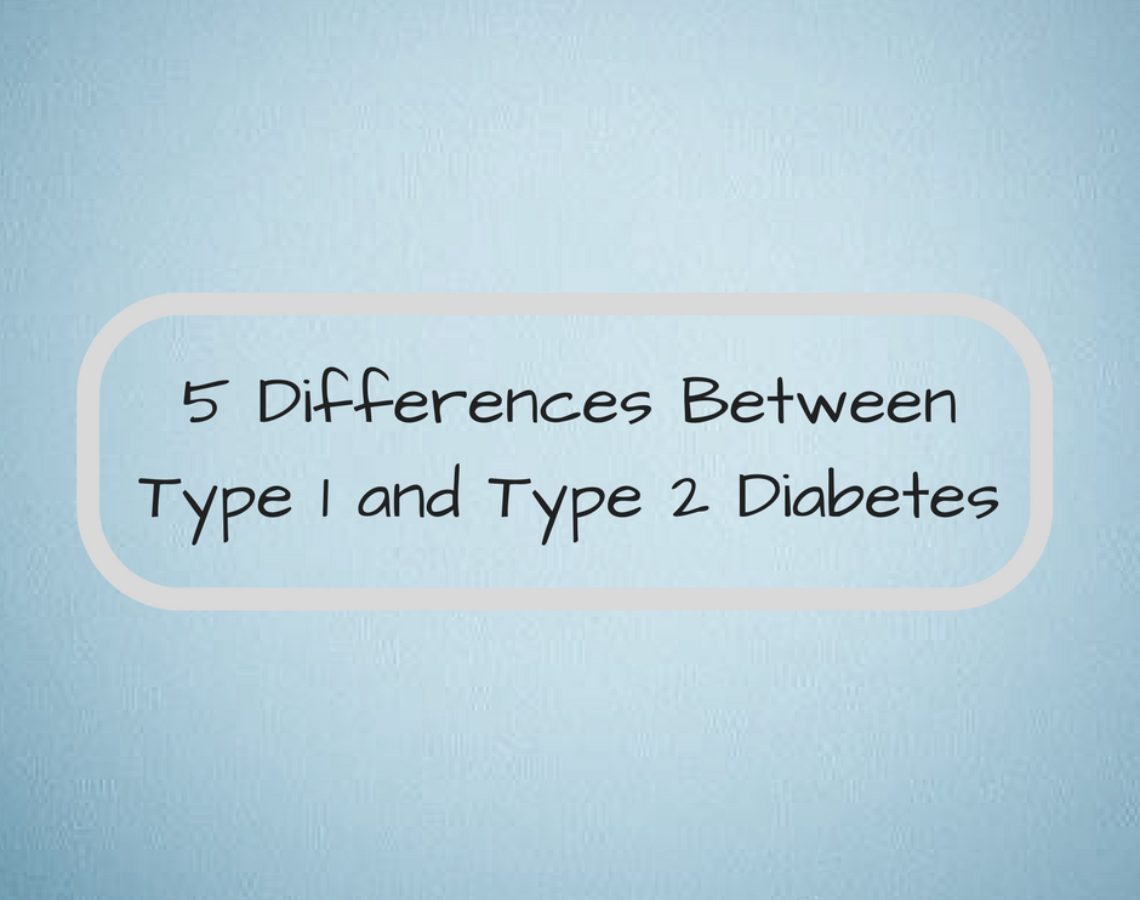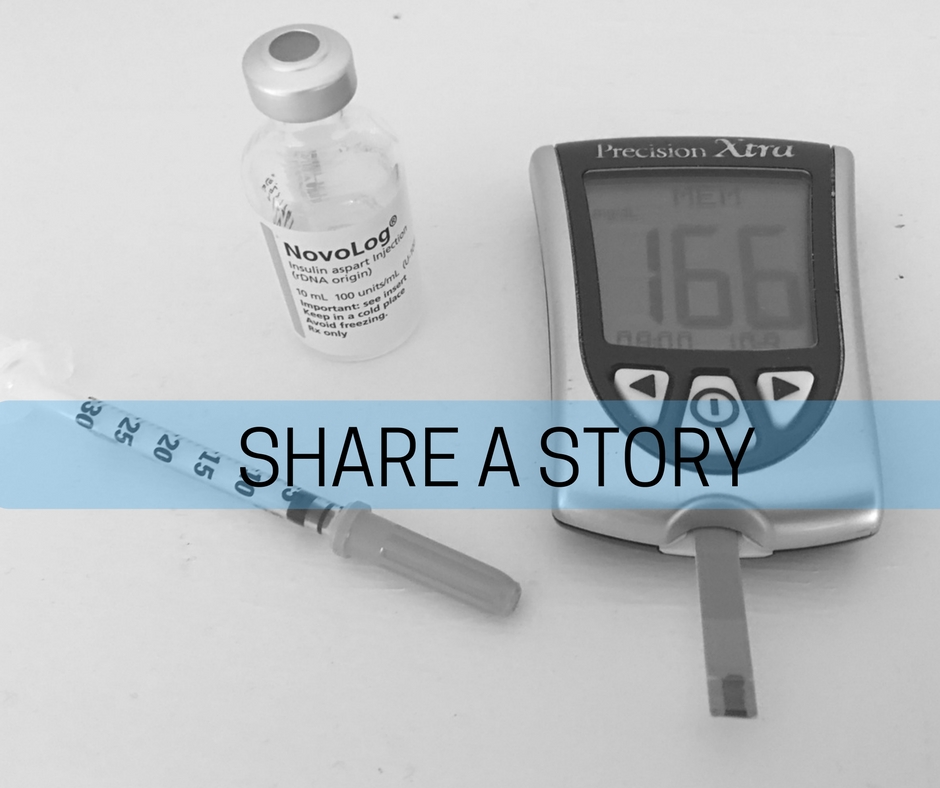5 Differences Between Type 1 and Type 2 Diabetes
Diabetes is one of the oldest and yet most misunderstood diseases. There are many different types of diabetes, however, the most common ones are Type 1 and Type 2 diabetes. They differ based on how they are caused and treated. But the main similarity that Type 1 and Type 2 diabetes do share is elevated blood glucose levels. The inability to control blood glucose levels will also cause the same symptoms and complications in both.
1. CAUSES
Type 1 Diabetes is an autoimmune disease. The immune system mistakes the insulin producing cells in the pancreas as “invaders” and attacks them. Once this happens, the cells can no longer produce insulin and a person is therefore insulin dependent for life in order to stay alive.
Type 2 Diabetes is a metabolic condition. It’s when the body doesn’t produce enough insulin or becomes resistant to it. The condition can sometimes be controlled with proper diet and exercise, or a drug to enhance sensitivity to the body’s insulin production. But sometimes natural insulin production is insufficient and insulin injections are then needed to sustain normal blood glucose levels.
2. INSULIN PRODUCTION
People with Type 1 Diabetes DO NOT produce insulin. Insulin is a hormone that a working pancreas releases to allow glucose (sugar) from carbohydrates that’s eaten to be absorbed for energy. Without this hormone, the body starves and eventually dies. This is why everyday insulin injections is necessary for survival and early diagnosis detection is SO IMPORTANT.
Insulin is normally still produced by people with Type 2 Diabetes. In order to regain sensitivity to insulin, proper diet and exercise is recommended. In some cases, insulin injections are needed to keep diabetes in better control.
3. PREVENTION
Currently, there is no prevention for Type 1 Diabetes. Researchers are hard at work and there are preventative studies being done to find answers (https://www.trialnet.org/). Type 2 Diabetes is not always preventable but by staying active and eating healthy it can lower the risk of developing.
4. TREATMENT
The treatment for Type 1 Diabetes is insulin injections and constant blood glucose monitoring. There is no diet, exercise, or any amount of weight loss that will cure Type 1. Type 2 Diabetes has a few options available, ranging from lifestyle changes, oral pills, and/or insulin injections. Both require careful vigilance in order to obtain good control.
5. RISK FACTORS
Risk factors for Type 1 Diabetes include: Family history, genetics, and environmental factors (such as a virus). Risk factors for Type 2 Diabetes include: Genetics, lifestyle choices, and being overweight.











